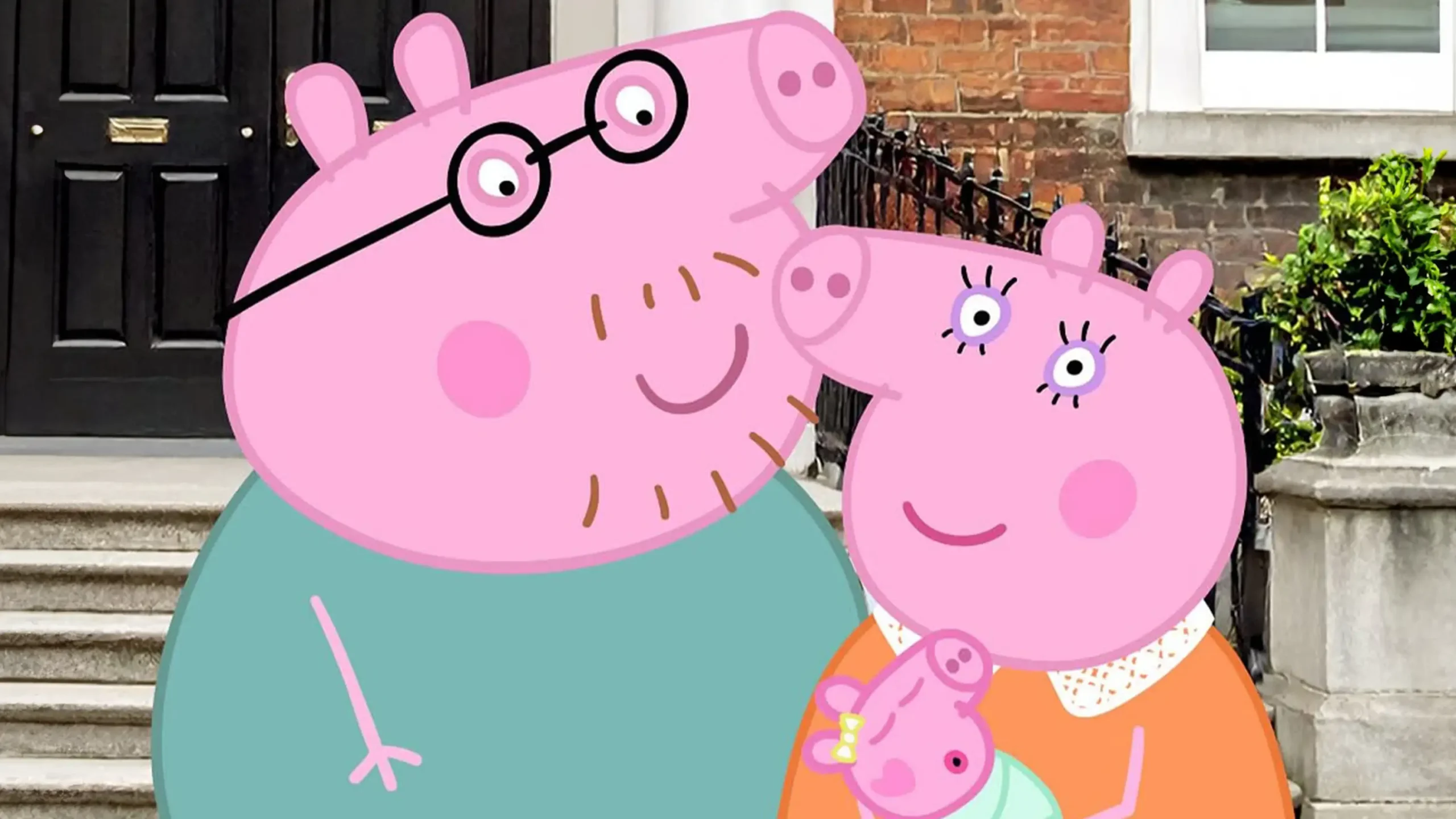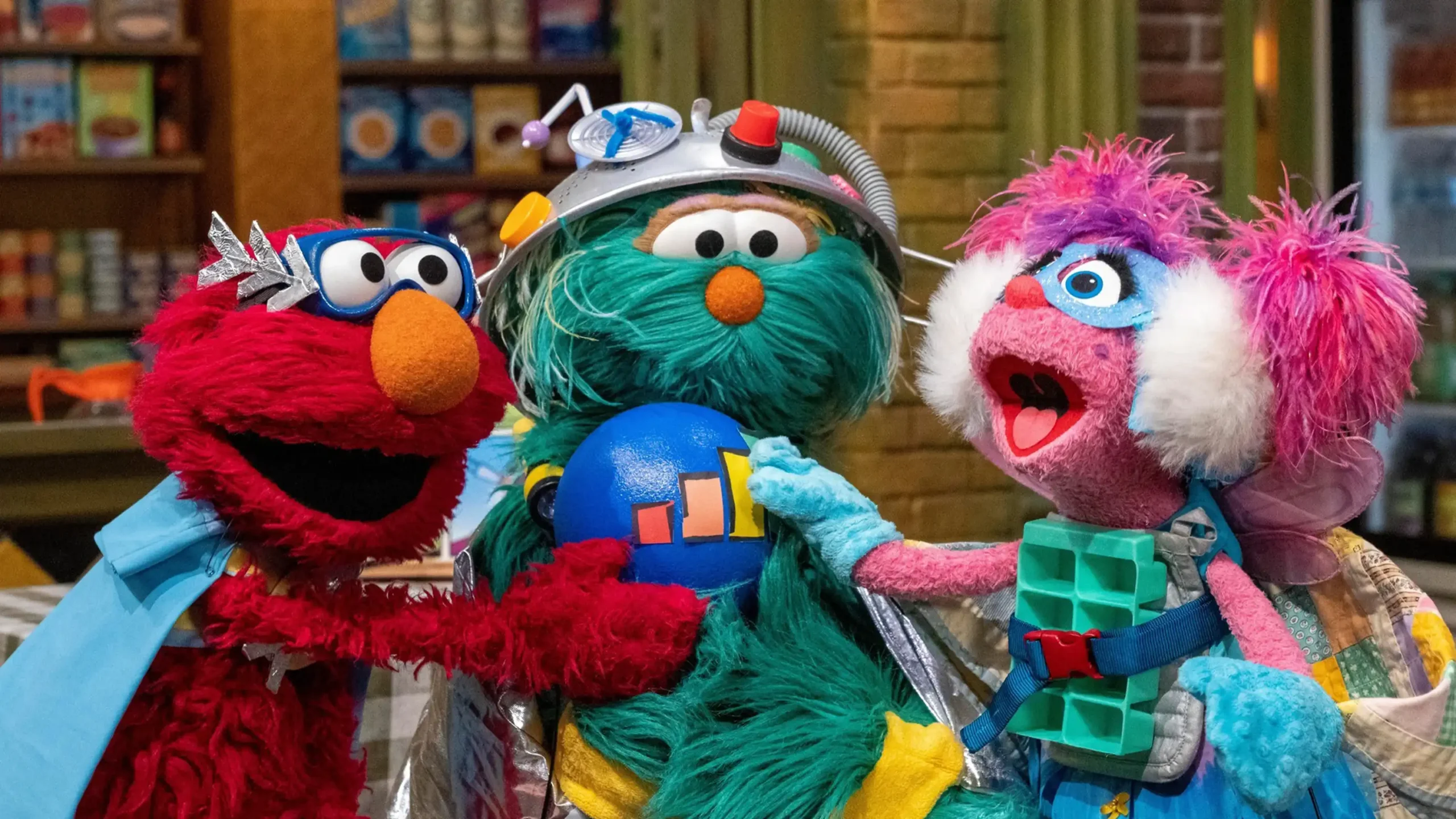When Kids Are Mean: Reading In Between Tantrums
When our kids throw tantrums, they tend to say many mean things, and reading between the lines isn’t easy.
“I hate you, mom!” — it’s one of the meanest things for kids to say but, it does roll out of their mouth.
But before we decide to punish with impunity, let’s move to an open space wherein there’s nothing within arm’s reach that can turn into something. It’s sometimes satisfying for parents to respond to their kids’ mean words and tantrums with rage. Our anger stuns them into silence and there’s supposedly a lesson to be learned — they’re not allowed to talk to us like that. But we forget one important factor: their vocabulary isn’t as big as ours. And as kids, they don’t know how powerful words are until they go to school or we read to them every night.
When and where do kids learn to communicate properly?
Nobody’s born with eloquence. It’s an acquired skill; we learn this in school from our language teachers. Whether Filipino or English — we don’t just learn how to speak when we pick up a language. We also learn when to use it or what to associate it with. It’s why we know what curse words are; whenever someone uses them, everyone looks at us either appalled or disgusted by our lack of manners (Kuhl, 2014).
Especially since it’s normal to speak a minimum of two languages in the Philippines, we learn not just the word but, the context it’s best used in (Verga & Kotz, 2013). Some words may essentially be the same but each has specifics that make them more appropriate than the other depending on the situation.
It’s why enroll our kids in school; we send them there to learn how to talk to different kinds of people. Their language improves by leaps and bounds, picking up more ways to express their thoughts (Mills, 2020; Lemke, 2021). We expose them to people from different walks of life so their vocabulary isn’t limited to the four walls of our home.
It’s why language is one of the most critical milestones in development. If they can’t talk, they can’t think or express themselves properly. Hence, the tantrums.

Seeing tantrums as an attempt to communicate
Let’s be honest: sometimes, it’s easier to perceive our kids’ tantrums as an attack. Overwhelmed already by the outside world and its many demands, we refuse to deal with anything else. The last thing we want to hear is our kids screaming or wailing through the hallways for God knows what they want. And sometimes, we end up feeling that our partners are just playing deaf to it.
So, we try to shut it down. Frustrated with the screaming, we end up meeting their energy or trying to overwhelm their tantrums with our own voices. Unfortunately, that’s called escalating — some kids, especially when they’re determined to get their point across, scream louder.
However, before our fights become loud enough for the whole hall (if living in a condo) or street (if living in a subdivision) or every marites within earshot to hear, remember that we are the adults. We went to school to learn how to speak and understand people. But we didn’t become good communicators in a day; it took twelve years. Our toddlers have only gone through a quarter of that; to them, the only words they know are colors, shapes, sizes, and descriptions of the opposite and the same.
But the challenge is not getting triggered
Unfortunately, some words are more triggering than others. Especially when coupled with ear-splitting volume and we grew up in an emotionally dysfunctional household, their statements can break us.
“Love,” “happy,” “sad,” and “hate” — these words have one thing in common: they’re extreme opposites of one another. Kids don’t fully understand degrees and middle points until they’re much older. But that’s why they freely use some words. They’re also trying to figure out when and where those words are appropriate.
So when they do use words, the best thing we can do is clarify and check the situation at hand. Why would they use that particular word? Chances are, they’re only using those words because they don’t have any other word to describe what they’re feeling or thinking. It’s up to us to provide them the words.
References
Kuhl, P. K. (2014, January). Early language learning and the social brain. In Cold Spring Harbor symposia on quantitative biology (Vol. 79, pp. 211-220). Cold Spring Harbor Laboratory Press.
Lemke, J. L. (2021). Cognition, context, and learning: A social semiotic perspective. In Situated cognition (pp. 37-55). Routledge.
Mills, C. W. (2020). Language, logic and culture. In Toward a Sociology of Education (pp. 515-525). Routledge.
Verga, L., & Kotz, S. A. (2013). How relevant is social interaction in second language learning?. Frontiers in human neuroscience, 7, 550.
More about kids and tantrums?
Coregulation: A Successful Parenting Strategy That Helps Tame Toddler Tantrums
How to Handle Toddler Tantrums
Troy Montero Reveals How They Handle Their Daughter’s Tantrums









